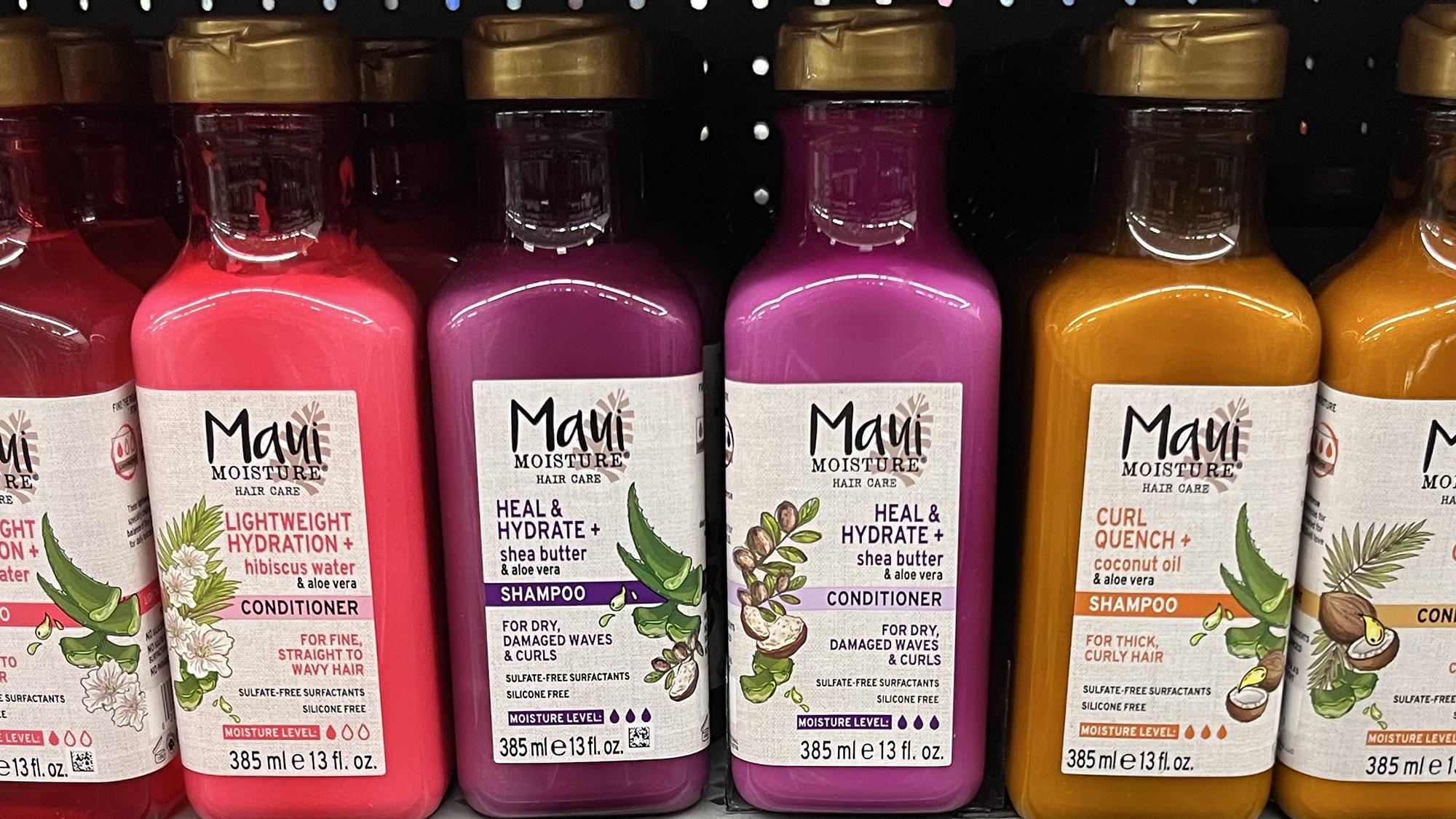Most marijuana-infused conditioners can be used on all hair types, but how well they perform depends more on the formula—its weight, slip, and balance of ingredients—than on the “cannabis” label itself. Conditioners work by coating the hair with smoothing agents, lipids, and polymers that reduce static and friction while improving manageability. These functions are universal, benefiting every hair texture from straight and fine to thick and coily. The key lies in choosing a marijuana conditioner suited to each person’s unique strand diameter, porosity, and scalp condition.
The term “marijuana conditioner” covers a wide range of products. Some rely on hemp seed oil, which comes from Cannabis sativa seeds and is naturally rich in fatty acids like linoleic and alpha-linolenic acid. These lightweight oils soften and add shine without weighing hair down, making them a great option for fine or low-porosity hair. Other formulas focus on cannabinoids such as CBD, extracted from the plant’s leaves or flowers. In these products, CBD acts as a soothing and antioxidant agent rather than the main conditioning component. Knowing which ingredient is being used is important since hemp seed oil and CBD have distinct properties and are regulated differently.
For consumers of all hair types, the same general rules apply. Fine or oily hair does best with lightweight, low-oil conditioners that add volume without residue. Curly or coily textures typically benefit from thicker, moisture-rich formulas that provide slip for detangling and enhance curl definition. Chemically treated or high-porosity hair often requires reparative ingredients—like proteins, amino acids, and cationic polymers—to strengthen strands and minimize breakage.
Scalp tolerance is another consideration. Current dermatological studies suggest that topical CBD is usually well-tolerated, though long-term cosmetic research is still ongoing. Individuals with sensitive skin, eczema, or scalp irritation should perform a patch test before applying new products. Selecting conditioners from reputable brands with transparent ingredient lists and third-party testing can help ensure safety and consistency.
Product quality varies widely across the cannabis beauty market. Independent testing has shown that some cannabis-labeled hair products contain inconsistent or mislabeled cannabinoid content. For this reason, it’s best to choose brands that provide Certificates of Analysis (COAs) and follow state or federal cosmetic standards.
Here’s a quick guide by hair type:
- Fine or straight hair: Use light, silicone-free or “weightless” marijuana conditioners containing small-molecule oils like hemp seed oil. Apply mainly from mid-lengths to ends.
- Curly or coily hair: Opt for richer, creamy formulas with fatty alcohols (cetyl or stearyl), butters, and oils for moisture and detangling benefits. A small amount can even be left in for extra hydration.
- Color-treated or damaged hair: Look for restorative formulas featuring amino acids, ceramides, and lipid blends to protect and smooth the cuticle.
Ultimately, marijuana conditioners are not exclusive to any single hair type. When the product’s formula matches the hair’s texture and needs—and when sourced from a transparent brand—they can easily fit into any routine. Consumers should focus on ingredient quality and texture compatibility, treating the cannabis component as an enhancement rather than a miracle fix.

